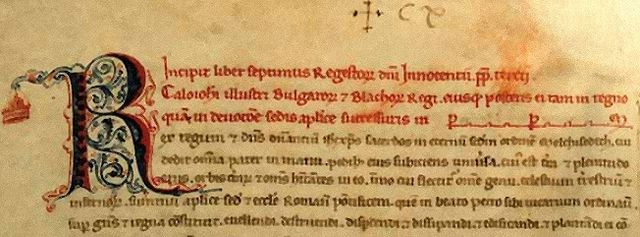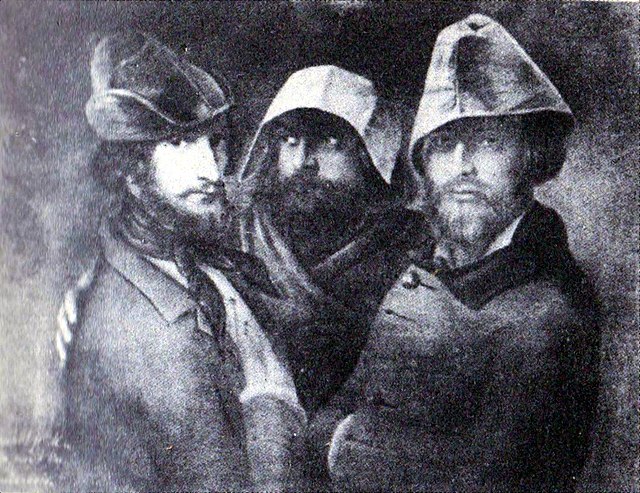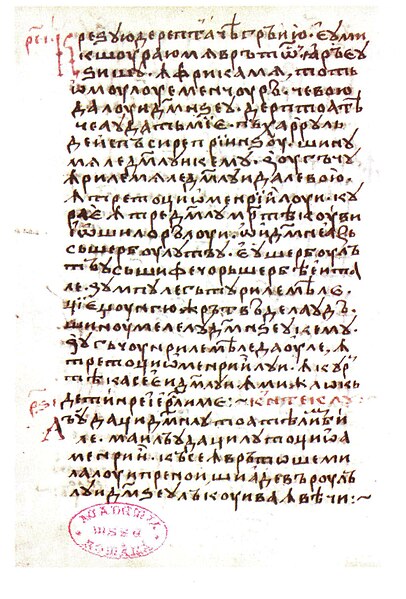Several theories, in great extent mutually exclusive, address the issue of the origin of the Romanians. The Romanian language descends from the Vulgar Latin dialects spoken in the Roman provinces north of the "Jireček Line" in Late Antiquity. The theory of Daco-Roman continuity argues that the Romanians are mainly descended from the Daco-Romans, a people developing through the cohabitation of the native Dacians and the Roman colonists in the province of Dacia Traiana north of the river Danube. The competing immigrationist theory states that the Romanians' ethnogenesis commenced in the provinces south of the river with Romanized local populations spreading through mountain refuges, both south to Greece and north through the Carpathian Mountains. Other theories state that the Romanized local populations were present over a wide area on both sides of the Danube and the river itself did not constitute an obstacle to permanent exchanges in both directions; according to the "admigration" theory, migrations from the Balkan Peninsula to the lands north of the Danube contributed to the survival of the Romance-speaking population in these territories.

The evolution of the Eastern Romance languages and territories between 6th–16th centuries according to those who accept the continuity theory
Trajan's Column in Rome
First page of the Gesta Hungarorum
Letter of Kaloyan, "tsar of Bulgaria and Vlachia" to Pope Innocent III
Romanian is the official and main language of Romania and Moldova. Romanian is part of the Eastern Romance sub-branch of Romance languages, a linguistic group that evolved from several dialects of Vulgar Latin which separated from the Western Romance languages in the course of the period from the 5th to the 8th centuries. To distinguish it within the Eastern Romance languages, in comparative linguistics it is called Daco-Romanian as opposed to its closest relatives, Aromanian, Megleno-Romanian, and Istro-Romanian. It is also spoken as a minority language by stable communities in the countries surrounding Romania, and by the large Romanian diaspora. In total, it is spoken by 25 million people as a first language.
Neacșu's letter is the oldest surviving document written in Old Romanian that can be precisely dated
Lithograph of a group portrait by Constantin Daniel Rosenthal, showing Paris-based revolutionaries during the early 1840s. From left: Rosenthal (wearing a Phrygian cap), C. A. Rosetti, anonymous Wallachian
Ion Creangă
Hurmuzaki Psalter, written around 1500








